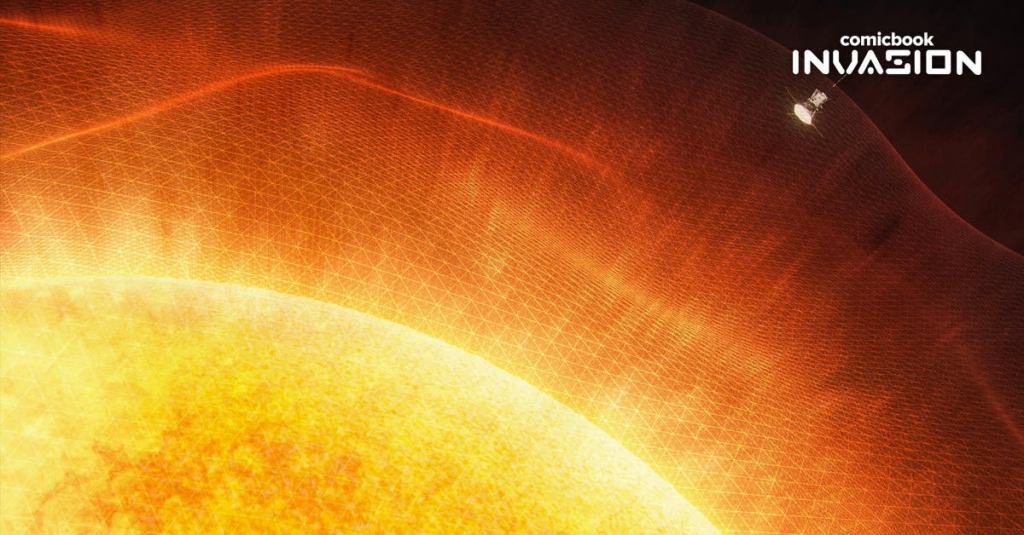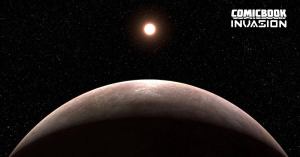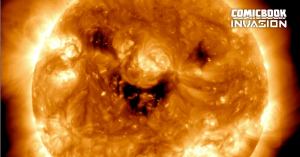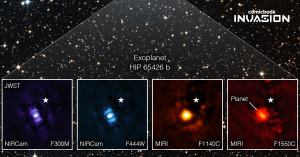For the first time in recorded history, a spacecraft has touched the Sun. Tuesday, NASA announced its Parker Solar Probe had passed through the star’s upper atmosphere—a layer called the corona—to sample particles and magnetic fields earlier this year. In fact, a study published by researchers suggests the probe has had upwards of eight flybys.
Videos by ComicBook.com
“Parker Solar Probe ‘touching the Sun’ is a monumental moment for solar science and a truly remarkable feat,” NASA’s Thomas Zurbuchen said in a press release. “Not only does this milestone provide us with deeper insights into our Sun’s evolution and its impacts on our solar system, but everything we learn about our own star also teaches us more about stars in the rest of the universe.”
Launched in 2018, the probe will continue traveling closer to the Sun as it records data for scientists back here on Earth. The next flyby through the corona will likely come at some point next month.
“I’m excited to see what Parker finds as it repeatedly passes through the corona in the years to come,” NASA Heliophysics Division head Nicola Fox added. “The opportunity for new discoveries is boundless.”
It’s expected the probe will keep closing in on the star, eventually coming as close 3.83 million miles away from the Sun’s surface. The distance between Earth’s orbit and the star is roughly 89.1 million miles, while the corona can be found at least eight million miles from the surface of the Sun.
“It’s really exciting to see our advanced technologies succeed in taking Parker Solar Probe closer to the Sun than we’ve ever been, and to be able to return such amazing science,” Parker program head Joseph Smith concluded. “We look forward to seeing what else the mission discovers as it ventures even closer in the coming years.”





